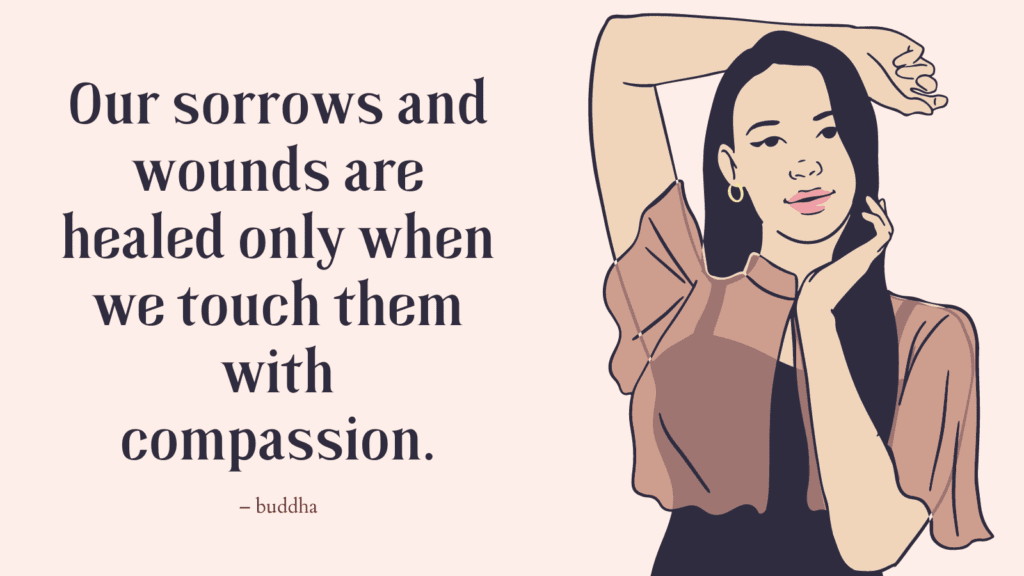In this post, you’re going to learn the difference between survival brain and learning brain.
What Is Survival Brain?
The “survival brain” refers to the part of our brain that is responsible for our instinctual, automatic, and primal responses to perceived threats or danger. It is also known as the reptilian brain or the amygdala.
This part of the brain evolved to help us survive by quickly detecting and responding to potential threats in our environment.
When we perceive a threat, the survival brain triggers the body’s stress response, also known as the fight-or-flight response.
This response involves the release of stress hormones like adrenaline and cortisol, which prepare the body to either confront the threat or flee from it.
It causes physiological changes such as increased heart rate, elevated blood pressure, and heightened alertness.
While the survival brain is essential for our survival, it can sometimes lead to excessive or irrational reactions when triggered in non-life-threatening situations.
For example, it may cause intense fear or anger responses even when there is no immediate danger present.
Related: Dysregulated Nervous System: Top 9 Signs & How to Heal
What Is Learning Brain?
The “learning brain” refers to the neural processes and structures involved in acquiring new knowledge, skills, behaviors, and experiences.
It encompasses various cognitive processes such as attention, memory, perception, reasoning, problem-solving, and language acquisition.
The learning brain is mainly associated with the prefrontal cortex, hippocampus, and other interconnected brain regions.
When we engage in learning activities, our brain forms new connections between neurons, known as synaptic connections.
These connections strengthen through a process called synaptic plasticity, which allows for the encoding and retrieval of information.
The more we repeat or practice certain behaviors or thoughts, the more our neural networks become wired to support those particular skills or knowledge.
It’s important to note that the learning brain is not limited to formal education or academic pursuits but applies to any situation where we acquire new information or skills, such as learning a musical instrument, developing a new hobby, or even adapting to new life circumstances.
Related: How To Feel Your Feelings? Top 9 Difficult Emotions To Cope With In Healthy Ways
Survival Brain vs. Learning Brain
The survival brain refers to the more primitive, instinctual part of our brain known as the limbic system, which includes structures such as the amygdala and hypothalamus.
It is primarily responsible for our survival instincts, emotional responses, and basic physiological processes like fight-or-flight responses.
The survival brain is largely focused on ensuring our immediate safety and well-being.
On the other hand, the learning brain encompasses higher-order cognitive functions associated with the neocortex, particularly the prefrontal cortex.
This part of the brain allows us to think critically, solve problems, learn new information, and adapt to changing situations.
It plays a significant role in our ability to acquire knowledge, develop skills, and engage in complex cognitive tasks.
While the survival brain prioritizes immediate survival needs, the learning brain enables us to navigate the world, make decisions based on rational thinking, and engage in long-term planning.
These two systems often work together and influence each other, but they can sometimes come into conflict when faced with challenging or stressful situations.
To foster a healthy balance between the survival brain and the learning brain, it’s crucial to manage stress effectively.
Chronic stress can disrupt our cognitive processes and impede optimal learning and decision-making.
Strategies such as mindfulness, relaxation techniques, regular exercise, and engaging in activities that promote mental well-being can help regulate stress levels and support the functioning of the learning brain.
It’s important to note that this distinction between the survival brain and the learning brain is a simplified model to help understand different aspects of our cognitive processes.
In reality, our brain functions as an integrated system, with various regions working together to support both survival-related functions and learning abilities.
Related: Best 6 Mindfulness Exercises For Beginners (+FREE Resources)
How to Regulate The Survival Brain’s Responses?
1. Deep Breathing
Engaging in deep, diaphragmatic breathing activates the body’s relaxation response, which helps to reduce the activation of the survival brain.
By taking slow, deep breaths in through your nose and out through your mouth, you can promote a calm state of mind and decrease anxiety or stress.
2. Mindfulness Meditation
Practicing mindfulness meditation involves focusing your attention on the present moment without judgment.
This practice can help regulate the survival brain’s responses by cultivating a sense of calm and reducing reactivity to stressors.
Regular mindfulness meditation has been shown to decrease amygdala activation and increase prefrontal cortex activity, promoting emotional regulation.
Related: Best 8 Mindfulness Exercises For Adults That Will Help You Regulate Your Emotions
3. Physical Exercise
Engaging in regular physical exercise has numerous benefits for both physical and mental health.
Exercise releases endorphins and other chemicals in the brain that contribute to a sense of well-being and can help regulate the survival brain’s responses.
Aim for at least 30 minutes of moderate-intensity exercise most days of the week.
4. Cognitive Restructuring
This technique involves challenging and modifying negative or distorted thoughts associated with anxiety or fear.
By consciously examining and reframing these thoughts, you can help regulate the survival brain’s responses and promote more balanced thinking.
Related: Negative Core Beliefs List (& 8 Tips On How To Challenge Them)
5. Relaxation Techniques
Practice various relaxation techniques such as progressive muscle relaxation, guided imagery, or engaging in activities that promote relaxation, such as taking a warm bath or listening to calming music.
These techniques can activate the relaxation response, reducing the survival brain’s fight-or-flight response.

Conclusion
Chronic stress can have a significant impact on the survival brain, leading to dysregulation of stress responses and potential long-term consequences on physical and mental health.
It can disrupt the balance between the survival brain and the learning brain, impairing cognitive functioning.
Techniques like deep breathing exercises, mindfulness practices, regular exercise, and engaging in activities that promote relaxation can help regulate the survival brain’s responses and restore a sense of balance.



